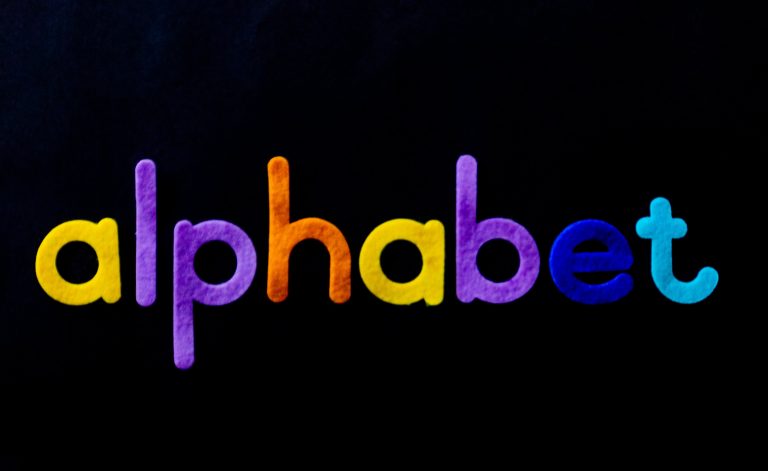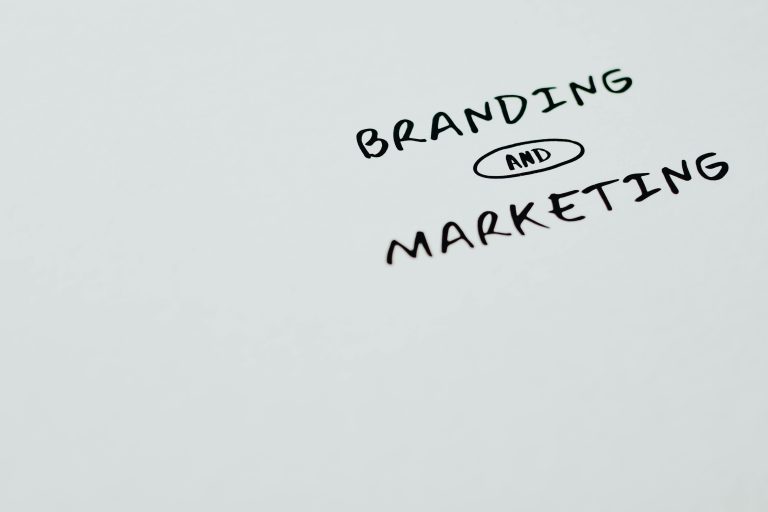Logo design has always been a vital aspect of branding, serving as the visual representation of a company’s identity, ethos, and values. Over time, logo design has evolved, reflecting broader changes in culture, technology, and business practices. From the classic emblems of the past to the sleek and minimalist designs of today, the evolution of logo design tells a fascinating story of how visual communication has adapted to changing trends and consumer preferences.
The Classic Era of Logo Design
Table of Contents
The earliest logos were primarily focused on symbolism and simplicity, often inspired by heraldic emblems, religious symbols, and monograms. These designs aimed to convey a sense of authority, tradition, and reliability. For instance, the logos of older institutions like universities, governments, and corporations were often intricate, featuring detailed imagery such as crests, shields, and laurel wreaths. These elements were designed to evoke trust and stability, essential for organizations that wanted to be perceived as enduring and trustworthy.
The classic era of logo design was characterized by a reliance on complex, often hand-drawn illustrations. Typography played a significant role, with serif fonts dominating the landscape. These fonts, with their decorative strokes at the ends of letters, were considered formal and dignified, making them a popular choice for many traditional businesses. The color palettes during this period were generally muted, with earthy tones and black-and-white combinations being the norm.
The Industrial Revolution and the Birth of Modern Branding
The Industrial Revolution brought about significant changes in how businesses operated, leading to the birth of modern branding. With the advent of mass production and the rise of consumer goods, companies began to recognize the importance of branding as a way to differentiate themselves from competitors. Logos became a crucial part of this strategy, serving as a visual shorthand for a company’s products and values.
During this period, logos started to become more standardized. The use of simple, bold shapes and colors became more common, as these elements were easier to reproduce on a large scale. The need for logos to be easily recognizable and memorable led to the creation of iconic designs that have stood the test of time. For example, the Coca-Cola logo, created in 1887, features a distinctive script that has remained largely unchanged for over a century. This period also saw the rise of logotypes, where the company’s name was stylized in a unique typeface, rather than using a separate symbol or icon.
The Mid-20th Century: The Golden Age of Logo Design
The mid-20th century is often regarded as the golden age of logo design. This era was marked by the emergence of legendary designers like Paul Rand, Saul Bass, and Milton Glaser, who revolutionized the field with their innovative approaches. These designers emphasized simplicity, clarity, and functionality, principles that continue to influence logo design today.
Paul Rand’s work
Paul Rand’s work for IBM, ABC, and UPS exemplifies the modernist approach to logo design. Rand believed that logos should be simple, memorable, and enduring. His designs often featured geometric shapes and clean lines, reflecting the modernist aesthetic of the time. Saul Bass, another giant in the field, was known for his work in the film industry, creating iconic title sequences and logos for movies like “Psycho” and “West Side Story.” His approach to logo design was highly conceptual, often using abstract forms to convey complex ideas in a simple and visually striking way.
During this period, the use of color in logos became more sophisticated, with designers experimenting with new color combinations and gradients. The advent of color printing allowed for more vibrant and dynamic designs, which helped brands stand out in an increasingly competitive market. The 1960s and 1970s also saw the rise of corporate identity systems, where the logo was just one part of a comprehensive visual strategy that included everything from packaging to advertising.
The Digital Revolution and the Rise of Minimalism
The late 20th century and the early 21st century saw the advent of digital technology, which had a profound impact on logo design. With the rise of the internet and digital media, logos needed to be versatile and scalable, capable of being displayed on everything from business cards to websites and mobile apps. This shift led to the rise of minimalist design, characterized by clean lines, simple shapes, and a limited color palette.
Minimalistic Design
Minimalism in logo design is driven by the need for logos to be easily recognizable and legible across a variety of platforms and devices. The Apple logo is a prime example of this trend. Originally a complex illustration of Isaac Newton under an apple tree, the logo was simplified to the now-iconic bitten apple silhouette in 1977. This minimalist design has since become synonymous with the brand’s focus on innovation and simplicity.
Negative Space
Another significant trend during the digital era is the use of negative space in logo design. Negative space refers to the empty spaces within or around a logo that can be used creatively to form additional shapes or symbols. The FedEx logo, with its hidden arrow between the “E” and the “X,” is a classic example of this technique. This clever use of negative space adds a layer of meaning to the design, making it more memorable and engaging.
Contemporary Trends in Logo Design
In recent years, logo design has continued to evolve, reflecting broader cultural and technological shifts. One notable trend is the move towards flat design, which eschews the use of shadows, gradients, and textures in favor of a more streamlined and two-dimensional look. Flat design is particularly well-suited to digital platforms, where simplicity and clarity are paramount.
Responsive Logos
Another emerging trend is the use of responsive logos, which can adapt to different screen sizes and contexts. As brands increasingly interact with consumers across a variety of digital touchpoints, the ability to adjust the logo’s size, shape, and complexity without losing its essence has become crucial. For example, some brands use a full logo on a desktop website, a simplified version on a mobile app, and an even more minimal icon on social media platforms.
Color continues to play a significant role in contemporary logo design, with designers experimenting with bold, vibrant hues and gradients. The use of color psychology has become more sophisticated, with brands carefully selecting colors that resonate with their target audience and convey specific emotions or values. For example, tech companies often use shades of blue to evoke trust and dependability, while eco-friendly brands may opt for greens and earth tones to emphasize sustainability.
Conclusion
The evolution of logo design is a testament to the ever-changing nature of visual communication. From the intricate emblems of the classic era to the sleek, adaptable designs of today, logos have continuously evolved to meet the needs of businesses and consumers. As technology advances and cultural trends shift, logo design will undoubtedly continue to evolve, pushing the boundaries of creativity and innovation. The future of logo design is likely to be shaped by new technologies like artificial intelligence and augmented reality, offering exciting possibilities for brands to engage with their audiences in dynamic and interactive ways.


